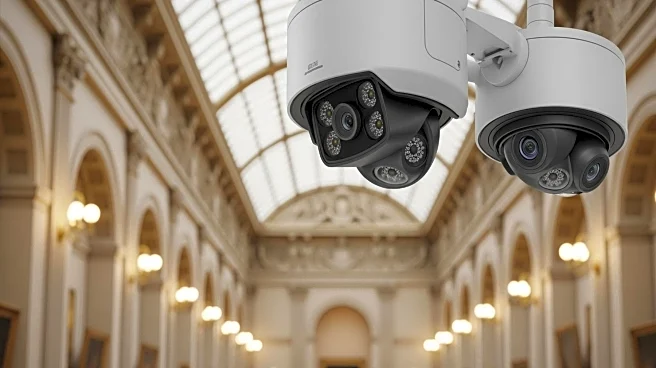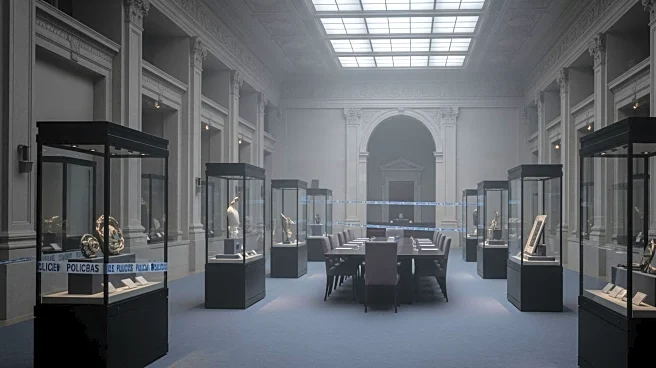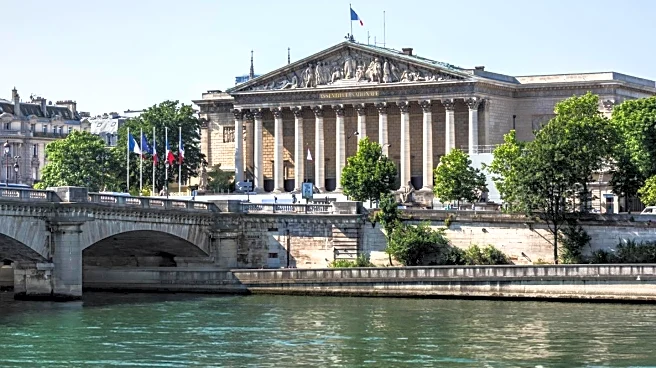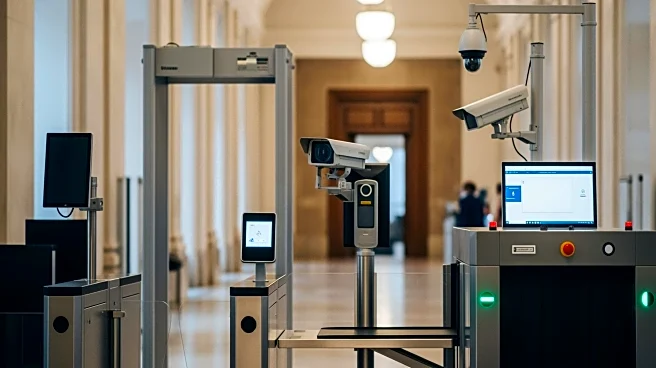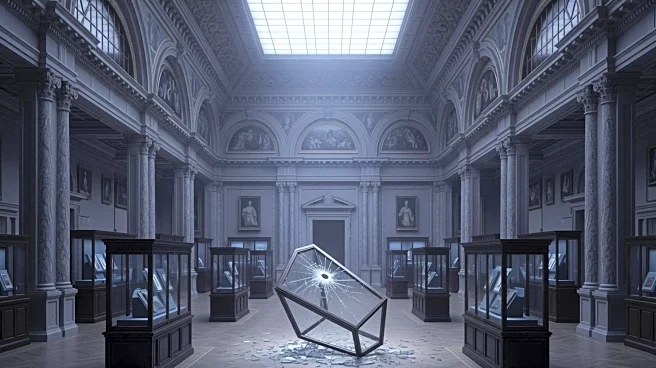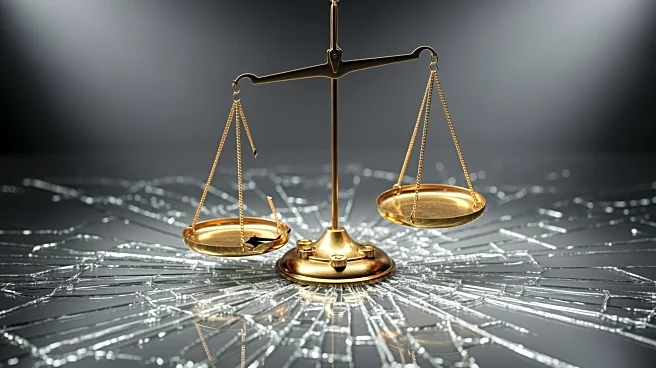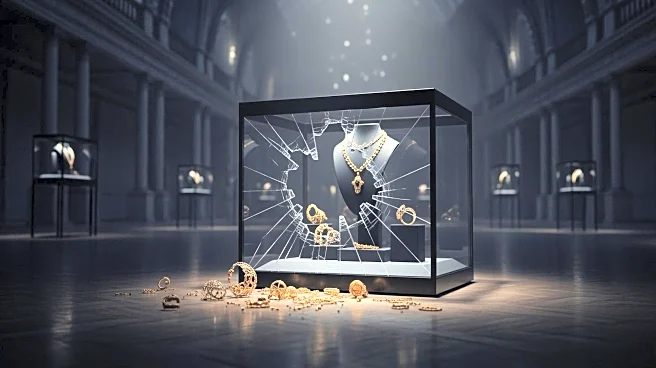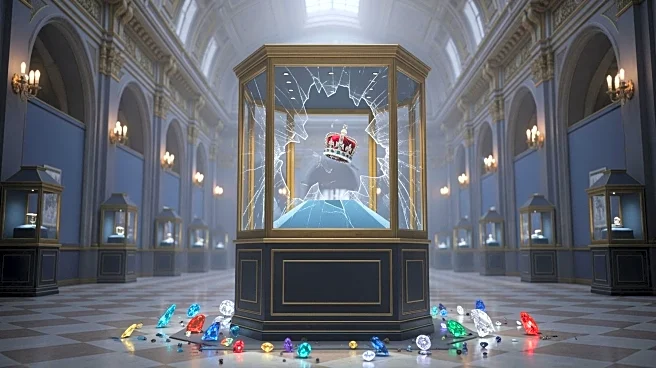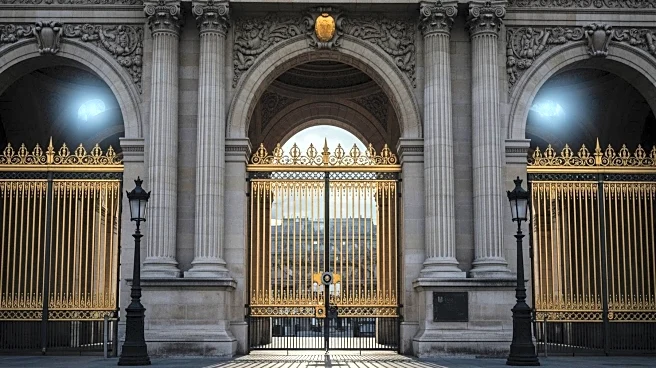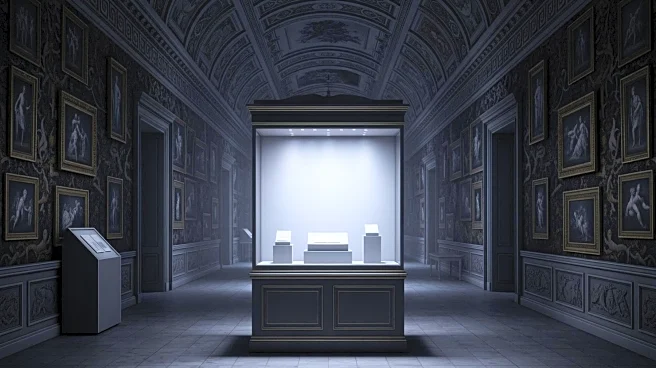What's Happening?
A daring heist at the Louvre Museum in Paris has led to a nationwide security review of French cultural sites. Thieves used a crane to break into the museum, stealing priceless crown jewels in broad daylight
before escaping on motorbikes. The incident, described by some as a 'national humiliation,' has raised serious concerns about the security measures in place at one of the world's most visited museums. In response, French authorities have ordered a comprehensive security review and are investigating the breach. The heist has sparked a debate about the adequacy of security at cultural institutions, with calls for immediate improvements to protect valuable artworks and artifacts.
Why It's Important?
The Louvre heist highlights vulnerabilities in the security of cultural institutions, raising questions about the protection of national heritage. The theft of such significant artifacts not only represents a loss of cultural history but also poses challenges for international art recovery efforts. The incident underscores the need for enhanced security measures to prevent similar occurrences in the future. It also reflects broader concerns about resource allocation for museum security, as even well-funded institutions like the Louvre can fall victim to sophisticated criminal activities. The heist has implications for museums worldwide, emphasizing the importance of safeguarding cultural treasures against theft.
What's Next?
In the wake of the heist, French authorities are conducting a thorough investigation to apprehend the perpetrators and recover the stolen items. The Culture and Interior Ministers have convened to discuss strengthening security protocols across all cultural sites in France. This may involve revising procurement rules to expedite the implementation of advanced security technologies. The incident is likely to prompt other museums globally to reassess their security measures, potentially leading to increased investment in surveillance and protection systems. The outcome of the investigation and subsequent policy changes will be closely watched by the international museum community.
